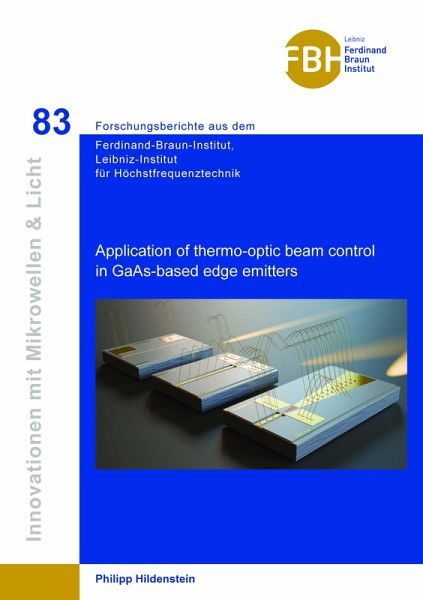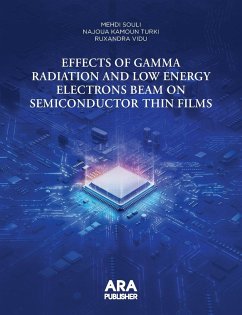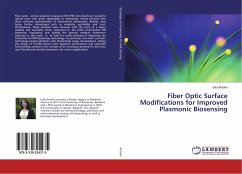
Application of thermo-optic beam control in GaAs-based edge emitters
Versandkostenfrei!
Versandfertig in 1-2 Wochen
47,36 €
inkl. MwSt.

PAYBACK Punkte
0 °P sammeln!
Edge-emitting GaAs-based diode lasers and amplifiers are essential for high-power coherent light sources (620-1180 nm) in metrology and materials processing. However, photonic integration on silicon or glass offers higher on-chip functional density. This thesis enhances GaAs emitters by integrating adaptive thermo-optical elements, enabling functions previously requiring other platforms or complex optics. The thermo-optic effect (refractive-index change via temperature) provides large index modulation with moderate power. Part I studies light propagation under localized heating. Metallized hea...
Edge-emitting GaAs-based diode lasers and amplifiers are essential for high-power coherent light sources (620-1180 nm) in metrology and materials processing. However, photonic integration on silicon or glass offers higher on-chip functional density. This thesis enhances GaAs emitters by integrating adaptive thermo-optical elements, enabling functions previously requiring other platforms or complex optics. The thermo-optic effect (refractive-index change via temperature) provides large index modulation with moderate power. Part I studies light propagation under localized heating. Metallized heater stripes are processed on a passive GaAs slab waveguide (no quantum wells) to create thermal waveguides. Straight stripes demonstrate optical waveguiding while bent stripes probe bend losses versus offset and heat input. The results are supported by multi-physics simulations. Part II applies these results to acti ve GaAs structures emitting at 1120 nm with top-side heaters. First, beam steering achieves ± 14° horizontal deflection with near-diffracti on-limited quality and > 0.6 kHz modulation, promising for LIDAR and scanning. Second, adaptive thermal lenses in tapered edge amplifiers compensate intrinsic astigmatism across the operating range, preserving beam quality and power, beneficial for fiber coupling and nonlinear pumping. These findings show that precise thermal control enables diverse functions in GaAs edge emitters, establishing design principles forfuture advanced GaAs-based lasers and amplifiers.












